- Breathing Light
- Posts
- Breathing Light Issue #74
Breathing Light Issue #74
Of Words as Pictures and Pictures as Words

In this Issue
1. Taku Whaangai Hau O Te Wiki-My Offering of the Week
2. Korero Timatanga-Frontispiece
3. Photographer's Corner-It is okay to tread where others have gone before
4. Waiata mou te Ata-Poem for the day
5. Ten Fevered Mind Links (to make your Sunday morning coffee go cold)
6. Koorero Whakamutunga-Endpapers
My Offering of the Week
Taku Mahi Toi O Te Wiki

Dryad in Ice, Coal Pit Dam, Near Naseby | Sony A900, 24-70/2.8 ZA
It is the supreme art of the teacher to awaken joy in creative expression and knowledge.
There is a dam in the Maniototo just outside Naseby. It was built in the late 1880s to service the goldmine sluicing taking place all around the village. It is known as the Coalpit Dam, named for the fact that for a short time, coal was mined out of the ground. When the need for a better water supply came, they turned It into a water reservoir, And after the gold mining ceased, they filled it with trout for the locals to fish. It’s still a great place to fish on a warm summer’s evening when the insects are rising. It’s fly fishing only, and the trout are particularly wary and cunning.
It’s tucked away in the forest, perhaps five minutes from the main road, and surrounded by pine forest. It’s a lovely place to be in the warmer months.
It is even more special being there in June and July, amongst the hoar frosts and deep frozen surface. Plants and leaves are suspended in ice rather like insects. And, if a warm wind Is not blowing and melting the surface, you can wander freely and make pictures of the song of winter woven into the ice. It’s about dreaming into what is happening and drawing out what wants to be expressed.
Sometimes, a work takes years to materialise, to come forward, declare itself and add itself to the body of work. It may well sit in the hard drive, waiting for it is time. This is why I never delete work quickly. Time and again, a work that wasn’t ready to be expressed puts its hand up and signals that it is time to honour it.
Sometimes, a work may take many years to declare itself.
Frontispiece
Koorero Timatanga

Runner, Takapuna Beach, 2006 | Sony R-1
“This is love: to fly toward a secret sky, to cause a hundred veils to fall each moment. First to let go of life. Finally, to take a step without feet.”
Atamaarie e te whaanau:
Good morning, everybody,
As some of you know, following my May surgery, I went to Northland/Te Tai Tokerau to spend a fortnight with Sarah. I ended up staying for four months.
Last Tuesday, I returned to Te Anau to begin the long process of packing up and shutting down here in the south and returning North. It took time to adjust to the very different energies up there, and while I was hoping to find the way ahead, that hasn’t yet appeared. Indeed, getting back here and beckoning my winter clothing has been a bit of a shock. It didn’t help that a spring snowstorm blew through. When I awoke the other morning, the mountains were coated in snow, and the air had a fresh bite with sharp edges, unlike the soft, flowing slide of the wind at the other end of the country.
Over the years, as I have travelled and talked to the people I met, sharing their lives, individual journeys and dreams, they have shared their passion for their home place, where they feel instinctively at home and grounded. I would often ask them how they knew when they were home. One of them, a West Coaster, told me how he just knew the moment he crossed Arthur’s pass. He would settle into himself and feel absolutely at peace.
I wondered what that would feel like should I ever find that place. While in Te Tai Tokerau, my rohe or tribal area, the land of my father’s tupuna (ancestors), I had a strong sense of being amongst my people. Maaori in the North talk about Ngaa Pou e Rima (the five pillars of aaNgāpuhi), a reference to the five maunga which define the edges of the area. If you’re interested, you can read more here. I felt safe and protected.
At the beginning of October, I had my 70th birthday. It doesn’t sound particularly significant, but it was very much a decade stone, a mile marker in my life. I spent much of the winter questioning who I was, what I stood for, what I believed and where the road might lead. Hence, there’s been a long gap between Breathing Light issues. My loan camera also returned to base, and I decided to wait till I got back here with access to my entire archive.
Frankly, I wasn’t sure I would do Breathing Light again. Then, a couple of friends reached out from the other side of the world and asked what was happening and why their Sunday morning coffee was staying hot.
I can take a hint.
Photographer's Corner
Letters to My Friends
It is okay to tread where others have gone before

Sheep, near Marakopa, 2006| Canon 1Ds Mk II, EF 70-200/2.8
“Even in literature and art, no man who bothers about originality will ever be original: whereas if you simply try to tell the truth (without caring twopence how often it has been told before) you will, nine times out of ten, become original without ever having noticed it.”
Letters to My Friends
It is okay to tread where others have gone before
Dear A.
Numbers of you approach me from time to time, asking how you can make your photography better. Helping you technically is easy, and plenty of advice is available to help you take your work to the next level.
Whatever that is.
Lately, I’ve been thinking about what you mean when asking how to improve your photography. I’m coming to the conclusion that you want to make photographs that nobody has made before.
And I cannot help feeling that it is a tyranny imposed upon photographers by judges, competition, and social media. Many of us strive to create work that will get thousands of likes on social media, particularly Instagram. It is as if other people’s approval by way of likes is a justification for where you are going. It is also a way to lose your sense of self-worth and your individual seeing, subordinating it to the will of the whole.
And what do they know? Only what they have learned, believe and insist is the right way. There is a beautiful Hindu proverb which says:
There are many paths up the mountain, but the fool is the one who runs around the bottom, telling others this is the right way.
I’m going out on a limb here. Ultimately, if the image speaks to you, that is okay.
There is a lovely contrast between the Western and Eastern approaches to art. In the West, you’re expected to come up with something that has never been said before. Doing so elevates you up the scale. Western art (and I include photography) works on the individual artist saying something original and creative, offering a perspective not seen before.
It doesn’t work that way in the East. Here, the student studies at the feet of the master, learning everything he has to offer, then reverentially respecting that by improving upon what has been learned. In the East, the collective has precedence over the individual.
So which is correct? Are either of them right? And does it matter?
The prompt for this piece came when I was looking for a picture to talk about in this section. I found this image I made in 2006 while travelling and working on a book. It was a lovely morning; a shepherd was driving his flock along the road just after sunrise. There was steam and early morning light, and it was rather beautiful. So, I made a picture of it. Of course, I would. It was a beautiful moment.
However, I have realised that sheep are far more intelligent than we give them credit for. Somewhere in this flock was one that could speak. Down the back, I heard it yell out to me to F*#k off. Who knew?
Is the picture original or a new interpretation? Hell, no. A long time ago, I remember seeing a picture just like it made by the legendary New Zealand photographer Marti Friedlander, and the picture sank into the archives in my head. And it dwelt in the darkness until that particular morning when it resurfaced, and I made the image in the style of Marti Friedlander.
I’m sure most of you have a picture like it somewhere in your archives. And what is wrong with that?
The picture is a memory of a moment that was very beautiful.
And perhaps that is enough.
If you have any questions you would love me to answer, please drop me a line and let me know what They are. Hopefully, I will get enough to share a few with you in the following newsletters.
Waiata Mou Te Ata-Poem For the Day

Flowers, Te Ana-au2022 | Fujifilm GFX 100, GF 45-100/4
Painting is silent poetry, and poetry is painting that speaks.
Writing poetry has become something of a sacred process for me. The urge to write usually comes in the gap between night and day. I will curl up with my Smartphone and allow myself to dream into the Space Between. Often, snatches of observation during the day (a blackbird busily turning over the garden or the simple passage of cloud across the sky) will give me a hook upon which to build the poem. Over a day or two, it will assemble itself, coalesce and draw together.
Of course, it is the natural world that sings to me and asks me to create from the wonders I see daily. How joyous is that?
And, of course, it is spring here in New Zealand, so I am watching flowers and buds emerging and unfolding.
The wonder of a new season.
Let us weave daisy chains
Let us weave
daisy chains of yellowwords
encrusted with fresh glistendew
and shivering strings
of gossamer spidersweb skeins.
Let us weave
subliminal streams of light
and the currents that floe deep
within the river,
changing, shifting
separating, merging,
ideas that bubble-bloop to the surface
and disperse.
Let us weave
threads of snatched wind
and soft shredded cloudbergs
orangepeeled lovingly from the passing, meandering sky,
and fashioned by delicate needlefronded fingers
into songs of the lingering of life.

Nine Fevered Mind Links (to make your Sunday morning coffee go cold)
EndPapers
Koorero Whakamutunga

Blue Lake, St. Bathans, Otago| Sony A900 24-70/2.8 ZA
Ah, but a man's reach should exceed his grasp, Or what's a heaven for?
Arohamai.
My apologies.
This passage came to me, and I would love to share it with you.
It is about the love between the musicians Laurie Anderson and Lou Reed,
~ LAURIE ANDERSON on her life with LOU REED:
“Lou and I played together, became best friends, and then comrades; we travelled, listened and criticised each other's work, studied things together (butterfly hunting, meditation, kayaking). We made ridiculous jokes; quit smoking 20 times; fought; learned to hold our breath underwater; went to Africa; sang opera arias in the elevator; made friends with unlikely people; followed each other on tour when possible; we had a sweet dog playing piano; shared a house that was different to our respective apartments; we protected and loved each other.
We often went to see art, music, shows, theatre and I watched how he loved and appreciated other artists and musicians. He was always so generous. He knew how difficult the environment was. We loved our West Village life and our friends, and we always did everything in the best way we could.
Like many couples, each of us has built a way of being: strategies, sometimes compromised, which allowed us to be part of a couple. Sometimes we lost a little more than what we were capable of giving, or gave in a little too much, or felt abandoned. Sometimes we really got angry. But even when I was out of my mind, I was never bored. We learned to forgive each other. And somehow, for 21 years, we've intertwined our minds and hearts together.
It was spring 2008. I was walking down the street in California feeling knocked down and talking on my phone with Lou. ‘There are so many things I never did and want to do?’ I told him. ′′ Like what, for example?" ′′ I don't know, I never learned German, I never studied physics, I never married ′′ ′′ Why don't we get married?" he asked. ′′ We could meet halfway there. Arriving in Colorado. How about tomorrow?" ′′ Uhm... don't you think tomorrow is a little early?" ′′ No, I don't think so ".
And so the next day, we met in Boulder, Colorado, and married in a friend's garden on Saturday, wearing our normal Saturday clothes, and although I had to play a show right after the ceremony, Lou was okay with it. (Musicians marrying is like when two lawyers marry. When you say ′′damn I have to work in the studio until 2am,” or cancel all your appointments to close the case. You know exactly what it means and you don't necessarily jump for joy). I guess there are many ways to get married. Some people marry someone they barely know, which can even work. When you marry what's also your best friend for several years, there should be another name for it. But the thing that surprised me the most about getting married is how time changes. And also how it somehow adds a tenderness that was, in some way, completely new.
To paraphrase the great Willie Nelson: ′′ 90 % of people this way end up with the wrong person, and that's what still makes jukeboxes play." Lou's Jukebox was full of love and many other things : beauty, pain, history, courage, mystery. Lou had been sick for two years now: first for interferon treatment, a series of vile but often effective injections to treat hepatitis C which is equipped with a good series of annoying side effects. Then a liver cancer took over, which was added to an advanced form of diabetes.
We achieved good results in the hospital. He learned everything about these diseases and their treatments. He continued to do Tai Chi every day for two hours plus photographs, books, recordings, his radio broadcast with Hal Willner and many other projects. He loved his friends, and called, texted, emails when he couldn't be with them. We tried to understand and apply the teachings that our master Mingyur Rinpoche imparted; especially the most difficult ones such as ′′ you must learn to master the ability to feel sad without actually being sad".
Last spring, at the last minute, he received a liver transplant that seemed to have worked completely and instantly regained health and energy. Then even that started working badly, and there was no escape. When the doctor said, ′′ It's over. There are no options anymore ", the only part Lou heard was ′′ options ".
He didn't give up until the last half hour of his life, when he suddenly accepted it: suddenly and completely. We were at home. I had taken him out of the hospital a few days earlier. And even though he was very weak, he insisted on coming out in the morning blinding light.
As people used to meditation, we were prepared for this: how to move energy from your belly to your core and then push it out of your head. I've never seen an expression as full of wonder as Lou's when he died. His hands were doing the shape 21 of Tai Chi, that of flowing water. His eyes were wide open. I was holding in my arms the person I loved more than anything in the world and talking to him while he died. His heart stopped beating. He wasn't scared. I was able to walk with him to the end of the world. Life - so beautiful, painful and spectacular - can't give anything more than this.
What about death? I think the purpose of death is to free love."
~ Laurie Anderson
I wish you all love, truth, wisdom and peace.
As always, walk gently upon our Mother and be kind to each other.
He mihi arohaa nunui ki a koutou katoa
Much love to you all,
Tony/Te Kupenga.




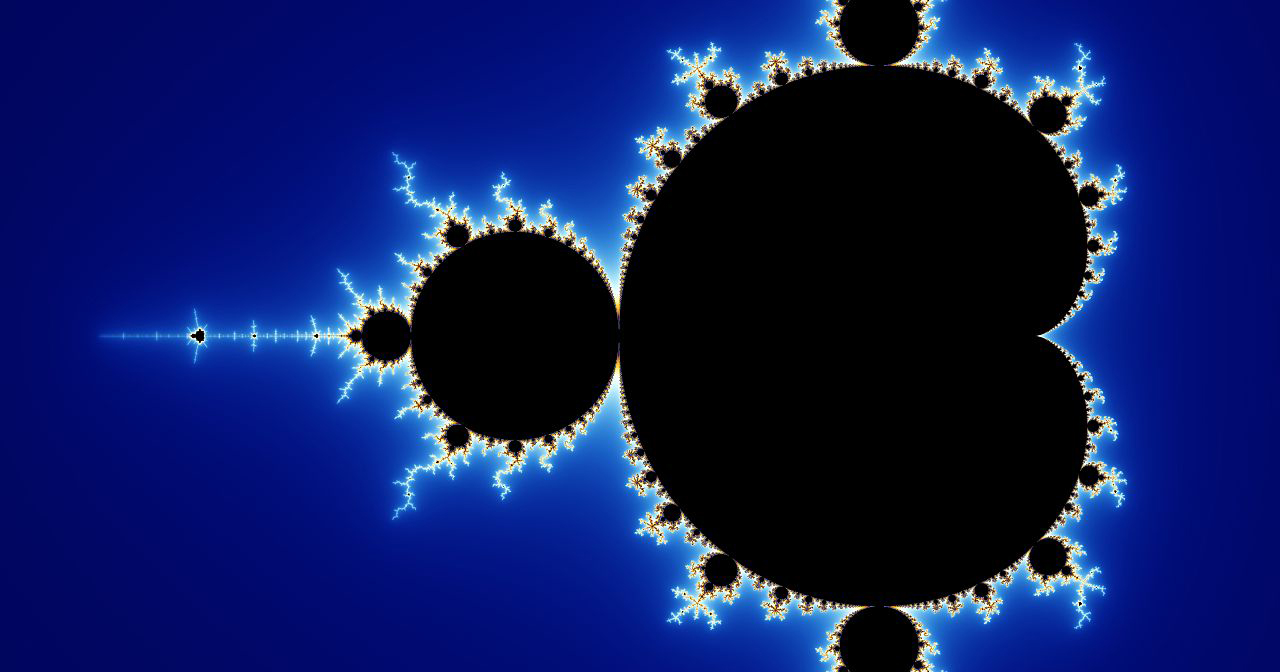
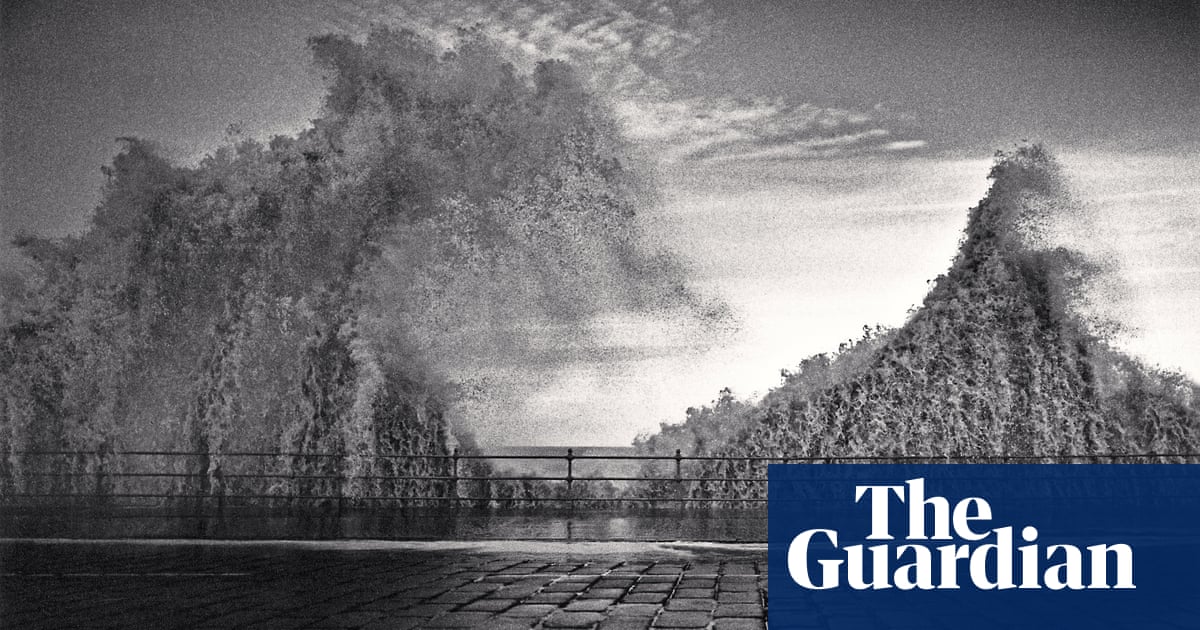

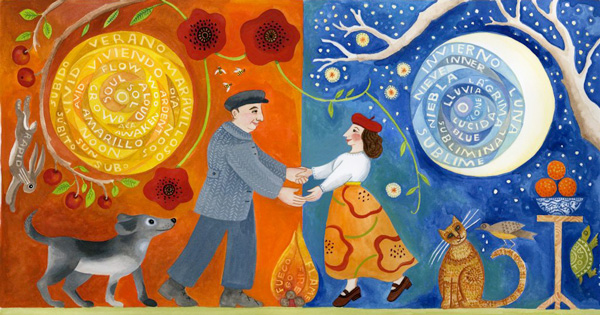
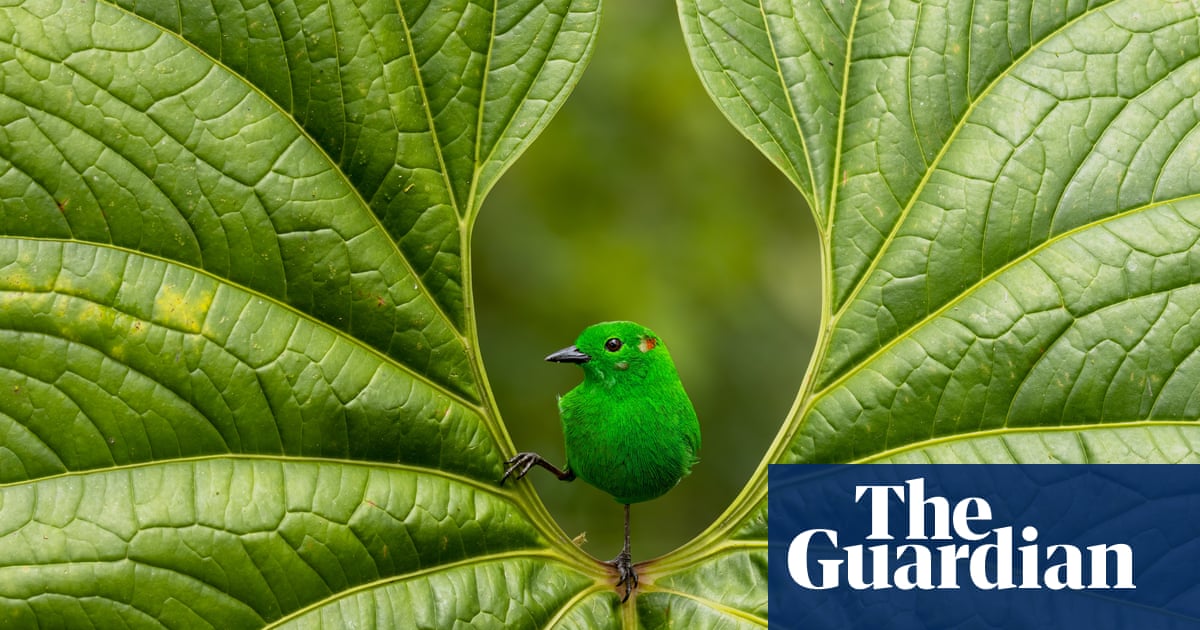
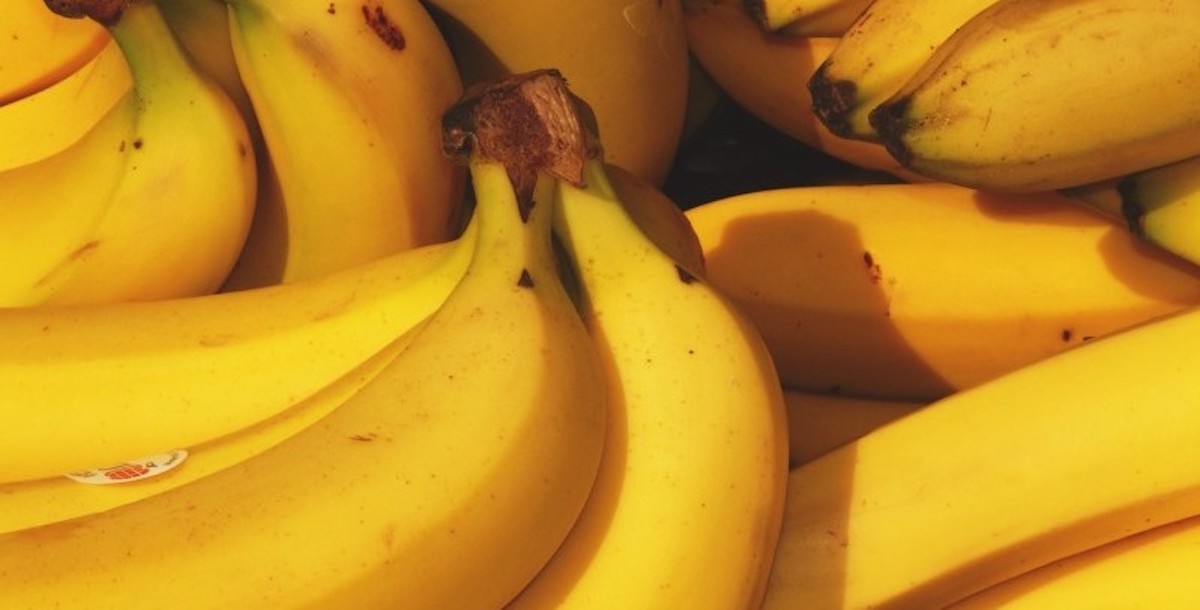
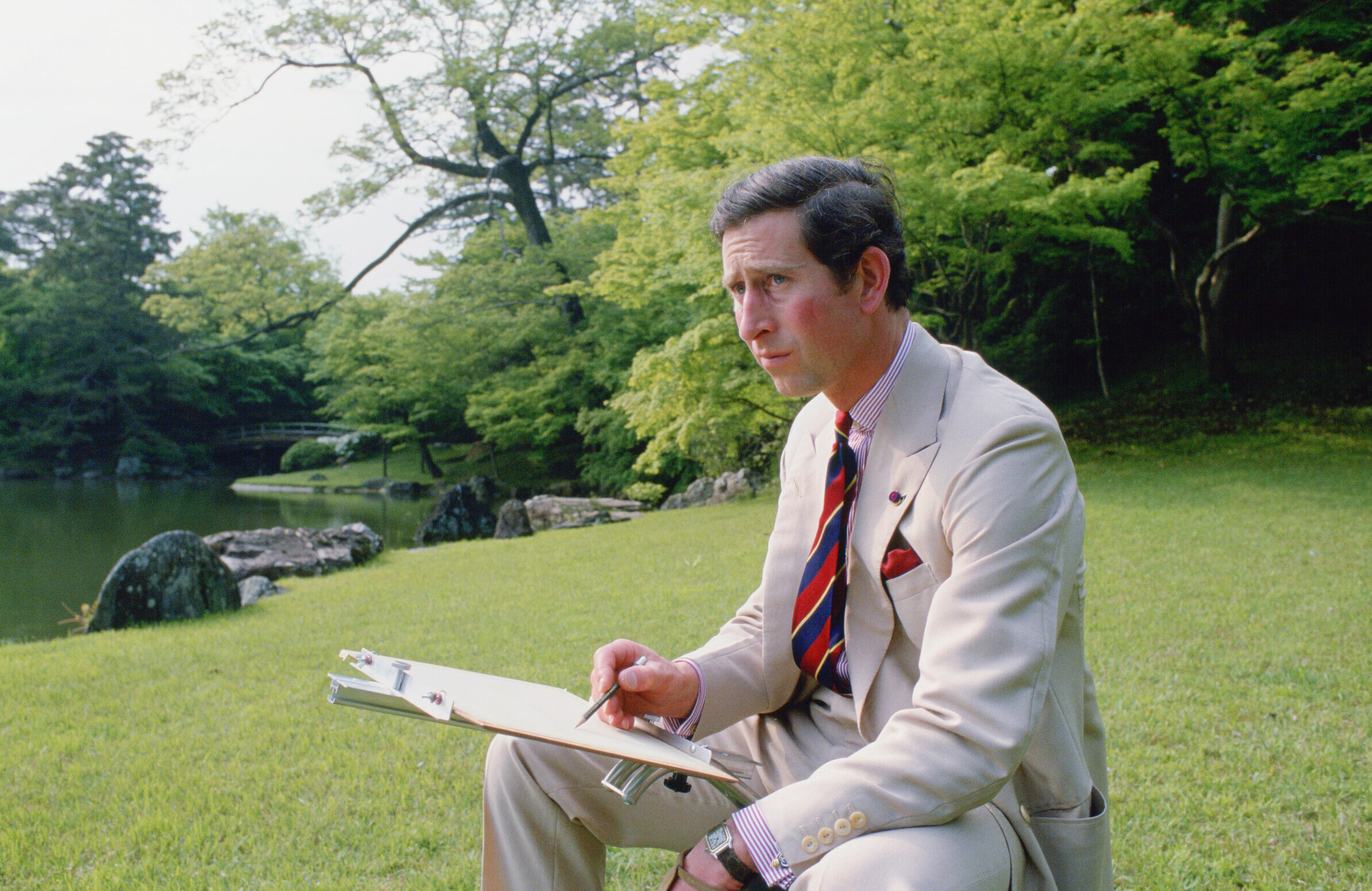
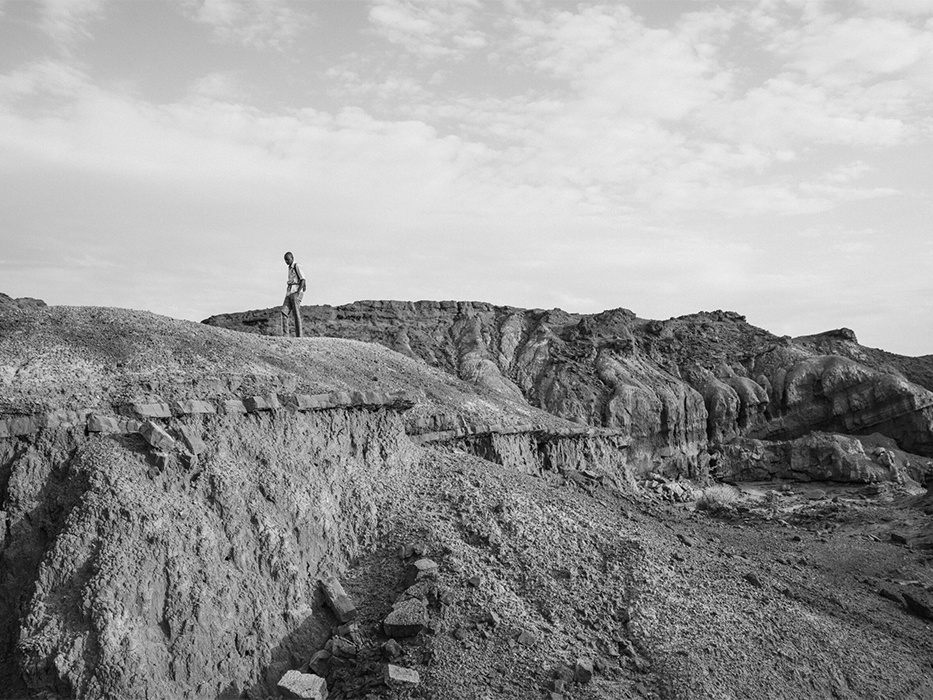

Reply